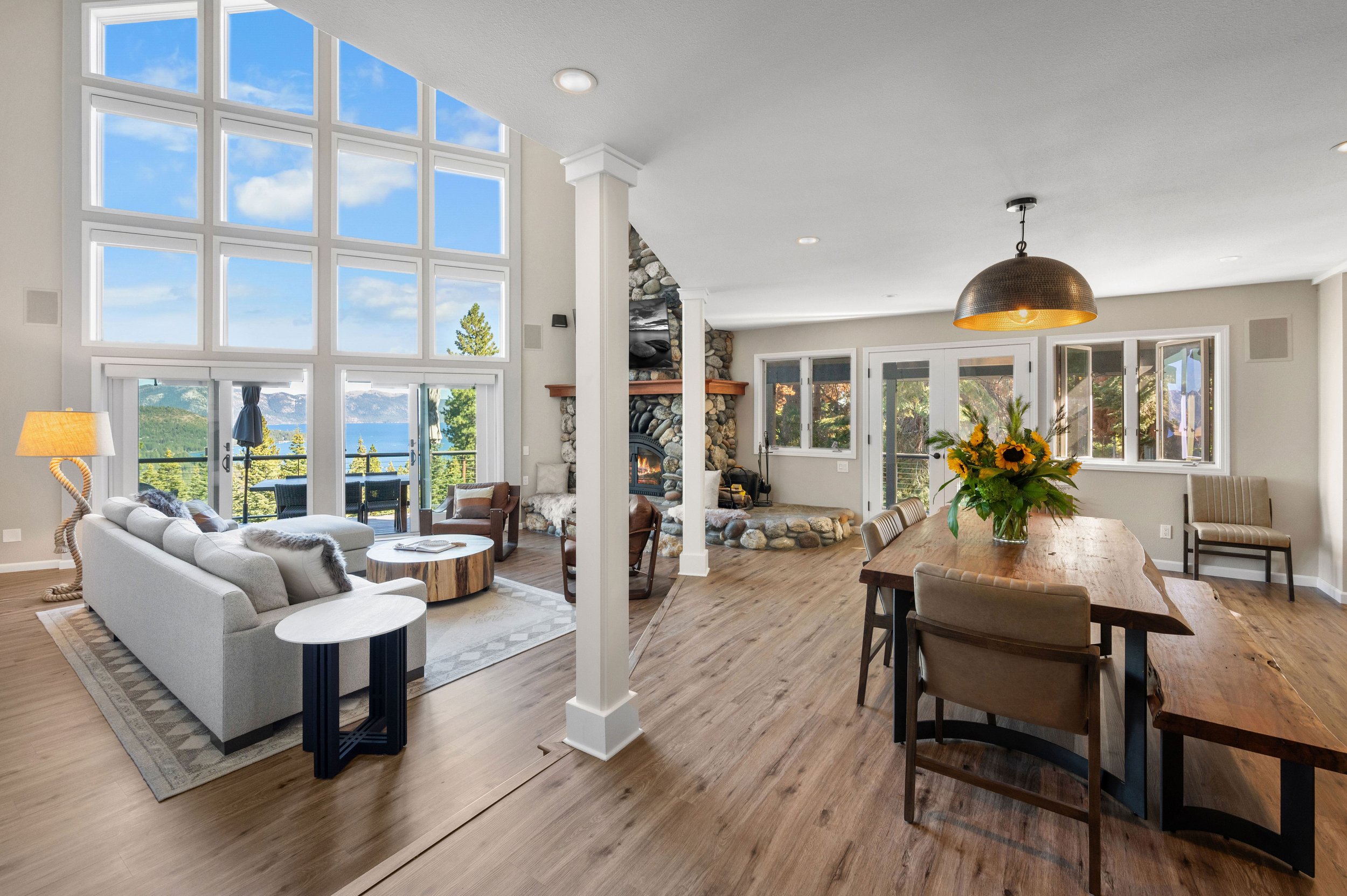How to Stay Compliant with Accessibility Regulations in Your Vacation Rental
The Lowdown On Accessibility For STRs
Traveling is for everyone, even those who have disabilities that require special accommodations. More and more these days, the hospitality industry is leaning into accessibility, and that couldn’t be more true than in the short-term rental industry. Not only have both Airbnb and Vrbo added in filter categories to cater to those who need accommodations, but there’s also the fact that the Americans with Disabilities Act (ADA) requires accommodations to be provided in certain very specific short-term rental situations as well.
Today, we’ll be giving you all the info that you need in order to stay compliant and provide all of your guests with the travel experience that they are looking for.
What is the ADA and Does it Apply to Vacation Rentals?
The ADA stands for the Americans with Disabilities Act, which was passed in 1990 in order to ensure that those with disabilities are not discriminated against in the public sphere. The ADA requires many public accommodations for people with disabilities, such as entrance ramps, elevators, and handrails in public spaces. However, there’s been much debate about whether short-term rental owners must comply with these regulations as well. While there are a few exceptions written in the ADA, nearly anyone who operates a business or works with the public has to abide by these standards.
So what does that mean for vacation rental owners? Thankfully, most fall under the “Five-Room Exception”, which states that if your place of lodging contains less than five rooms for rent and is not your residence, you are most likely to be exempt from following all of the guidelines set out in the ADA. But it’s always good practice to try to accommodate any guest who wants to stay on your property, even if you’re not legally obligated to.
Tips to Make Your Short-Term Rental More Accessible and Adaptable
Just because following ADA guidelines to the letter may not be required doesn’t mean it’s not appreciated by those with disabilities or those who need accommodations. There are many things you can do to amp up the level of comfort you provide to your guests with disabilities to make their lives a little bit easier, and you can appeal to a whole new range of people by adding in these accessible tweaks to your short-term rental.
Be As Descriptive As Possible In Your Listing About Possible Accessibility Considerations
If your property is an older construction, chances are it has a few dangerous or problem areas for those using walking aids such as wheelchairs, walkers, or canes. Places like entrances, doorways, and bathrooms can be difficult to navigate for people with disabilities, especially if everything isn’t up to ADA standards.
So, while you’re writing your listing, be as honest and descriptive as possible about any dangers or hazards that might cause problems for these groups of people. If there are stairs, for instance, and no elevator is available, you would want to note that people with disabilities should be aware that your space might not be able to accommodate their needs.
On the flip side, if your home is already accessible, be as descriptive as possible about each and every feature that could come in handy for people who need special accommodations, from a stair lift to accessible-height beds. People with disabilities who are looking for an appropriate place to stay will appreciate you highlighting these features, as it lets them know before ever stepping foot on the property that they are welcome.
Add Accessibility Aids and Tools Around the Property
There are tons of ways to make your home more accessible to those with disabilities, but many of them come with renovation costs. However, if you’re searching for a few easy fixes, there are a few low-cost ways to add accessibility aids and tools into your short-term rental property. For instance:
Getting around tightly-placed furniture and through narrow openings between furniture can be a struggle for those in wheelchairs or other mobility aids. Take the layout of your furniture into consideration and leave plenty of open space around furniture to ensure that they’ll be more accessible.
Adding handrails and grab rails in high traffic areas is an inexpensive way to help accommodate those with mobility issues, such as in the shower or near the toilet. It’s also a good idea to purchase a shower chair, which can be stored away when not in use but will come in hand when someone who needs accommodations comes to stay on your property.
Stay away from things that change the height of the floor, such as rugs and runners. While these are nice decorative features for those who don’t need accommodations, they can make life more difficult for people utilizing wheelchairs, walkers, and other mobility aids. In the same vein, installing non-slip liners in slippery areas such as the shower or next to the kitchen sink is also helpful to just about everyone.
Learn More Tips to Become an Expert Vacation Rental Owner
Becoming an expert vacation rental owner means educating yourself on the ins and outs of regulations in the short-term rental industry, and the ADA is one that you don’t ever want to ignore. If you want to add reasonable accommodations to your short-term rental property, you can’t go wrong with the above tips, and going above and beyond to provide these accommodations will not go unnoticed by your guests and potential guests.
Searching for more information on how to become an expert vacation rental owner? Check out our blog on how to protect your short-term rental from natural disasters and take a look at our pros and cons article about allowing longer stays at your rental.





